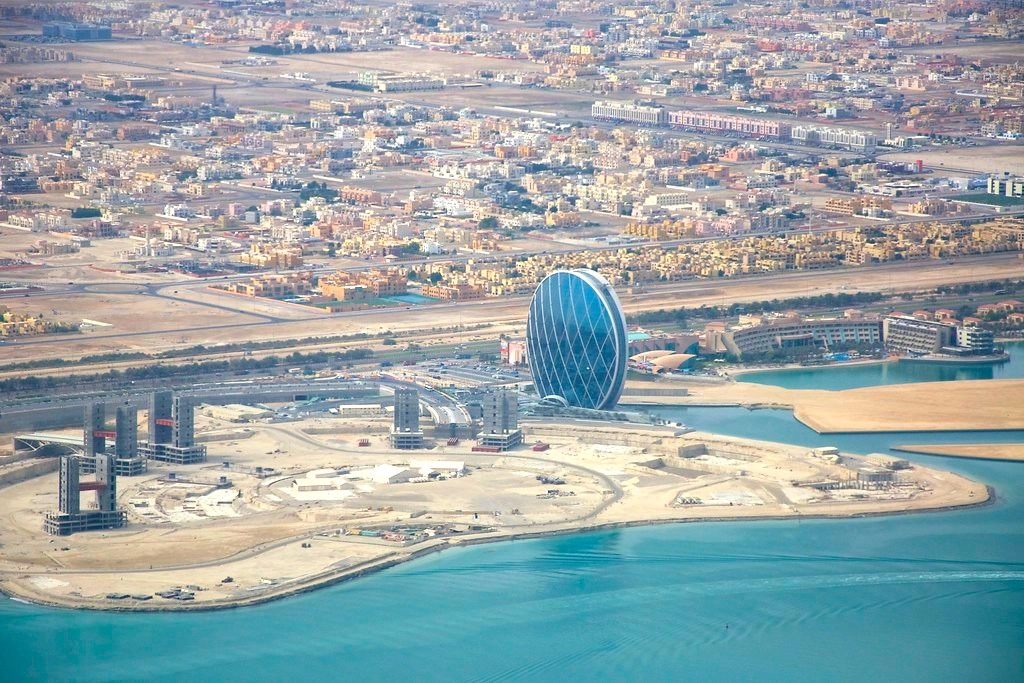How Etihad Rail and Air Taxis are Opening New Real Estate Corridors
- September 29, 2025
- /
- Locations and Communities

Etihad Rail and the future air taxi infrastructure in Abu Dhabi are creating real estate opportunities by transforming accessibility, connecting remote areas to major business & entertainment hubs, and nurturing transit-oriented development.
Increased connectivity will drive demand and property values, particularly around stations and in areas that become more practical for commuting or second homes.
This trend is expected to elevate Tier-2 and Tier-3 emirates in the UAE, create mixed-use ecosystems, and attract both residential and commercial investments to the UAE, leading to more competitive land sales and rental prices.
Looking at Abu Dhabi emirate, commutes that once felt like a trade-off are starting to look like a lifestyle upgrade, which is why places like Al Samha, Khalifa City, Al Shamkha, Bani Yas, and even Sweihan are stepping into the conversation for families who want more space today without giving up tomorrow’s access.
Etihad Rail's Impact
The high-speed Etihad Rail is the backbone of that change. The first passenger phase will connect major cities across the seven emirates, with early schedules pointing to about 50 minutes between Abu Dhabi and Dubai.
Key station locations will likely develop into mixed-use hubs featuring a cluster of housing, retail, offices, and services around the easy rail access. This creates thriving, walkable communities and stimulates investment opportunities beyond just residential properties.
Integrated ticketing with metros and buses is planned from day one, making this more than just a rail line. It’s a new daily rhythm that lets you live where the beaches are quieter or the villas are larger, then glide into the city in the time it takes to finish a podcast. Passenger operations are officially set to begin in early 2026, following high-profile test runs in late 2025.
Future Air Taxi Integration
While specific details are evolving, the development of air taxis will further enhance connectivity within Abu Dhabi and between its key areas. This will complement the rail network, providing more options for efficient and fast travel.
Similar to rail, improved air mobility will make locations more accessible, potentially driving up demand for property in areas that benefit from air taxi infrastructure.
On another side of the UAE, in the same air too, something just as consequential is taking shape. Dubai’s Roads and Transport Authority, in partnership with Joby Aviation, is planning to take place in early 2026 for the first commercial air taxi services.
Test flights have already been completed, aircraft have been delivered, and regulators are actively mapping national air corridors. Add vertiports at key nodes and you get a second layer of high-speed mobility that hops over traffic altogether.
For cross-city meetings, Dubai to Abu Dhabi in under 30 minutes. For communities outside today’s business core, an express lane to relevance.
Buyers who once dismissed suburban pockets as “too far” will start walking plots near future station zones and coastal communities they had overlooked. Developers will respond with mixed-use clusters that make station areas feel like complete neighborhoods from day one. Rents typically rise first around new transit nodes, then prices follow. The most compelling story will be in the mid-market communities that finally get their moment because the commute cost in minutes collapses.
Picture a lifestyle in Abu Dhabi with Etihad Rail in service in place. School runs stay local, evenings still happen on Saadiyat or Yas, and the next morning’s meeting in Dubai feels no more complicated than a train ride and a short metro hop, paid with the same wallet.
That kind of seamlessness matters. It takes the fear out of moving a little farther out for a better layout or a garden, which is why families buying an apartment in Abu Dhabi, or investors looking at properties for long-term rentals, will start mapping opportunities by tomorrow’s access rather than today’s congestion.
The direction is set. Rail tracks are laid, air taxis are tested, and 2026 is circled on the calendar as the year both systems go live.
For real estate investments in the region, that means the window for early positioning is now, not after routes become routine.
If you are shortlisting areas, start with three questions: Where will the first passenger stations sit in relation to schools and daily services? Which suburban clusters already have livable depth and simply need faster access? Where will planned vertiports plug into that picture to turn once-a-week trips into everyday ones? Answer those, and “far” begins to feel a lot closer






 English
English
 العربية
العربية





